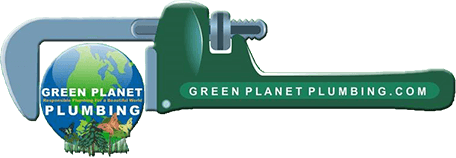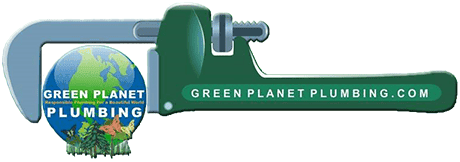7 Trendy Eco-Friendly Bathroom and Kitchen Updates
What’s better than buying a new home or updating your current kitchen and bathroom with the latest trend? Your bathroom and kitchen renovations can be environmentally friendly while adding a little character and flair to your home!
Here are a few cool ideas you can use to not only revive your kitchen and bathroom but also use sustainable solutions for plumbing and decor, starting with your kitchen.
Eco-Friendly Sinks for the Kitchen
1. Bamboo
Some of the most popular materials like concrete, porcelain-enameled cast-iron, and granite composite are used to make sinks look good but aren’t renewable resources. Bamboo is a naturally sustainable material that can not only give your kitchen a cool, new look, but is also a renewable resource.
2. Copper
Sinks made of recycled copper are eco-friendly and very stylish. If you’re looking for a sink that stands out while recycling, then copper is a great fit for your new upgrade!
These sinks can last for a long time with proper care and are scratch-resistant.
3. Used Sinks
If you’re looking for a tried and true way to update your kitchen sink, you should consider revamping a used sink that’s already in good shape! What’s better than a little DIY project to make your new sink your own and create your own style while helping the environment?
Even if you choose the right sink for your new upgrade, there are an abundance of ways you can install sustainable plumbing solutions without having to sacrifice a certain look you’re aiming for.
Eco-Friendly Plumbing Ideas for the Kitchen and Bathroom
Here are some ways you can remain comfortable with your new kitchen and bathroom updates while keeping your environmental impact low.
4. Eco-Friendly Faucets
Install an eco-friendly water faucet or showerhead that is flow-optimizing or water-saving to reduce the amount of water you use while showering, washing dishes, and washing your hands. Aim for a faucet that has a good water pressure of about 1.75 gallons per minute so that it puts out less water.
Most water faucets are affordable and easy to install while reducing how much water you use and the cost.
5. Water Pipes
When making upgrades to your home’s plumbing system, you should consider energy-saving water pipes. These pipes are made from materials that help improve your water pressure and reduce the chances of losing heat from your hot water supply while the water is running. Install cross-linked polyethylene pipes (also known as PEX pipes) that work well to keep the water flowing through your pipes hot.
Energy-saving water pipes, or well-insulated pipes in general, can reduce the amount of heat your water loses, which is more economical and saves you money on your energy bills.
6. Water Heaters
Tankless water heaters are more energy-efficient than tank water heaters. Tankless water heaters use less energy to heat water because they don’t constantly heat and reheat the water. Instead, they instantly heat water on command when needed. They’re small and compact, unlike large tank water heaters that have to be stored in a room where it takes up floor space.
7. Toilets
Eco-friendly toilets are inexpensive and easy for a professional to install. Toilets that are better for the environment use up to 60% less water than normal toilets, saving you money on your water bill. Eco-friendly toilets function at the same capacity as normal toilets and help to significantly reduce water consumption when flushing and refilling the tank.
Call the Experts for Your Renovation Project!
Our business at Green Planet Plumbing & Sewer, LLC is all about sustainability and environmentally friendly solutions for your plumbing and hot water needs. If you need assistance installing new appliances for your bathroom and kitchen, we’d be happy to help!
Contact our team today at (206) 207-7625 to schedule an appointment and plan your new eco-friendly upgrades.


